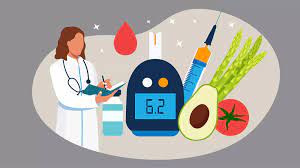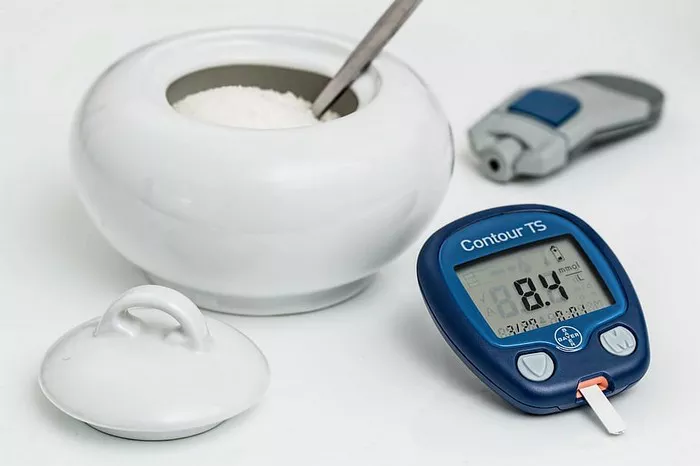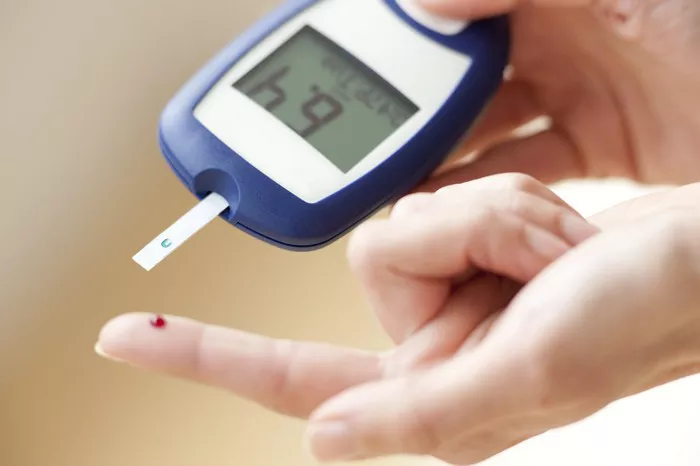Blood glucose monitoring is a critical aspect of managing diabetes effectively. It involves tracking the levels of glucose in the blood to ensure they remain within a healthy range. This article delves into the significance of glucose range, its variability, and the various methods used for monitoring.
Importance of Glucose Range:
Maintaining blood glucose levels within a specific range is crucial for overall health, particularly for individuals with diabetes. The body tightly regulates blood glucose levels to ensure that cells receive an adequate supply of energy. When blood glucose levels are too high or too low, it can lead to various complications.
Hyperglycemia:
Elevated blood glucose levels, known as hyperglycemia, can occur when the body either doesn’t produce enough insulin or becomes resistant to insulin. This condition is particularly common in individuals with diabetes. Prolonged hyperglycemia can lead to serious complications, including cardiovascular disease, kidney damage, nerve damage, and vision problems.
Hypoglycemia:
On the other hand, low blood glucose levels, or hypoglycemia, can result from excessive insulin, inadequate food intake, or increased physical activity. Hypoglycemia can cause symptoms such as shakiness, dizziness, confusion, and, if left untreated, can lead to seizures or loss of consciousness.
Given the potential consequences of both hyperglycemia and hypoglycemia, maintaining blood glucose levels within a specific range is essential for minimizing the risk of complications and ensuring optimal health.
Variability in Glucose Range:
Blood glucose levels can fluctuate throughout the day in response to various factors, including food intake, physical activity, stress, illness, medications, and hormonal changes. Understanding the factors that influence glucose variability is essential for effectively managing diabetes.
Diet and Nutrition: Carbohydrate-rich foods can cause a rapid increase in blood glucose levels, while foods high in protein and fat may have a more gradual impact. Monitoring carbohydrate intake and making healthy food choices can help individuals with diabetes manage their blood glucose levels effectively.
Physical Activity: Exercise can lower blood glucose levels by increasing insulin sensitivity and promoting glucose uptake by muscle cells. However, the timing and intensity of exercise can influence its effect on blood glucose levels. Individuals with diabetes should monitor their blood glucose levels before, during, and after exercise to prevent hypoglycemia or hyperglycemia.
Stress and Illness: Stress and illness can trigger the release of stress hormones, such as cortisol and adrenaline, which can increase blood glucose levels. Additionally, illness can disrupt normal eating patterns and medication routines, making it challenging to maintain stable blood glucose levels.
Medications: Certain medications, such as insulin and oral glucose-lowering drugs, can affect blood glucose levels. It’s essential for individuals taking these medications to monitor their blood glucose levels regularly and adjust their treatment regimen as needed under the guidance of a healthcare professional.
Hormonal Changes: Hormonal changes, such as those occurring during puberty, pregnancy, or menopause, can impact insulin sensitivity and glucose metabolism. Women with diabetes may experience fluctuations in blood glucose levels during different phases of their menstrual cycle.
Monitoring Glucose Range:
Various methods are available for monitoring blood glucose levels, ranging from traditional fingerstick blood glucose testing to continuous glucose monitoring (CGM) systems.
Fingerstick Blood Glucose Testing: Fingerstick blood glucose testing involves pricking the fingertip with a lancet to obtain a small drop of blood, which is then applied to a test strip inserted into a glucose meter. The meter measures the glucose level in the blood sample, providing an immediate result. This method is commonly used for self-monitoring of blood glucose levels at home.
Continuous Glucose Monitoring (CGM): CGM systems consist of a tiny sensor inserted under the skin to measure interstitial glucose levels continuously. The sensor transmits glucose readings to a receiver or smartphone app, allowing individuals to monitor their glucose levels in real-time. CGM systems provide valuable information about glucose trends, including rate and direction of change, helping individuals make informed decisions about their diabetes management.
Flash Glucose Monitoring: Flash glucose monitoring is similar to CGM but does not display real-time glucose readings. Instead, users can scan the sensor with a reader or smartphone to obtain glucose readings retrospectively over the past several hours. This technology offers convenience and discretion, making it a popular choice among individuals with diabetes.
Intermittent Glucose Monitoring: Intermittent glucose monitoring involves periodically checking blood glucose levels using a fingerstick glucose meter, typically at specific times of the day or in response to symptoms. While not as comprehensive as CGM, intermittent monitoring can still provide valuable information for diabetes management.
Laboratory Blood Tests: Laboratory blood tests, such as glycated hemoglobin (HbA1c) and fructosamine, provide information about average blood glucose levels over a period of weeks to months. These tests are used to assess long-term glycemic control and guide treatment decisions.
Conclusion:
Maintaining blood glucose levels within a specific range is essential for overall health and well-being, particularly for individuals with diabetes. Understanding the factors that influence glucose variability and implementing appropriate monitoring strategies are key components of effective diabetes management. By working closely with healthcare professionals and utilizing various monitoring methods, individuals with diabetes can optimize their blood glucose control and reduce the risk of complications associated with hyperglycemia and hypoglycemia.
Related topics:
Normal Average Glucose Levels in Blood Sugar Management

























